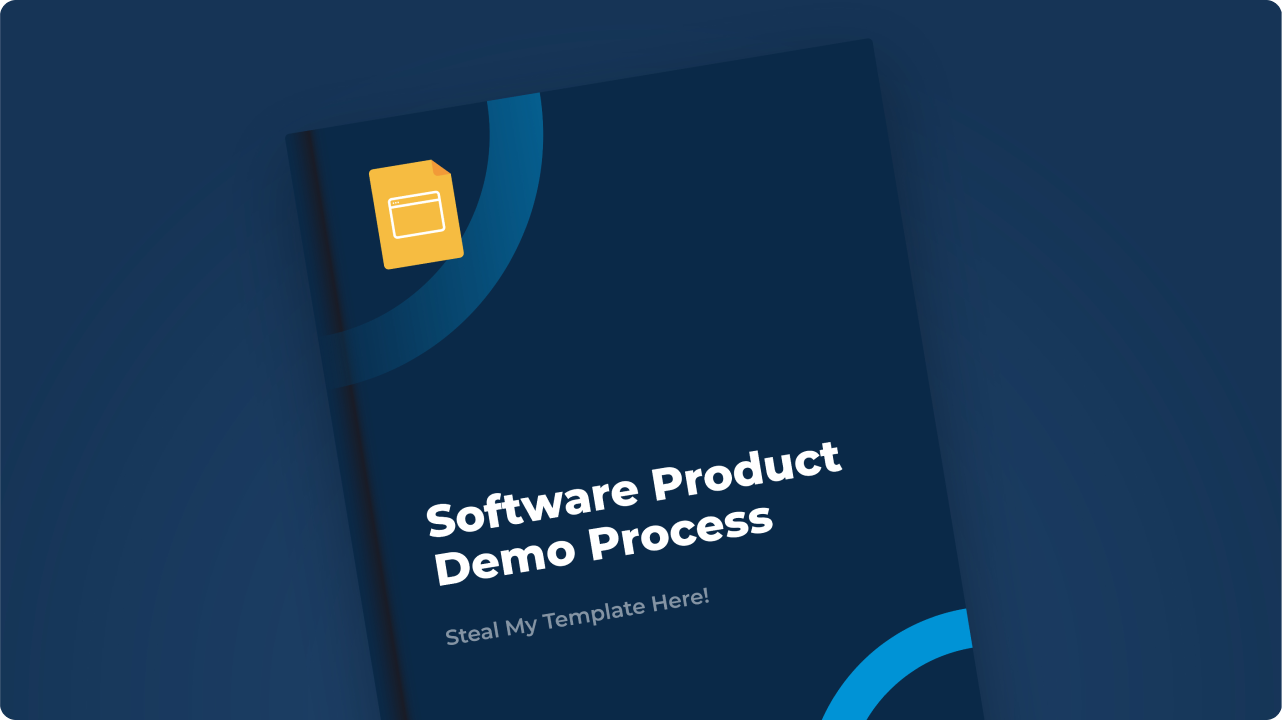
John Paterson
Founder & CEO, Quadshift
Inbound Lead Gen 301: Sparking Inbound Momentum
We’ve now covered laying the groundwork for inbound lead generation in VMS companies—building your ICP, doing keyword research, and developing your brand assets—in Inbound Lead Gen 101. Then we tackled how to build a high-performance website to convert that inbound interest in Inbound Lead Gen 201.
At this stage, you’ve built a solid foundation. You’re ready to capture inbound interest wherever it comes from—whether through Google search, social media, software review sites, or online industry publications.
Now the focus shifts from accepting inbound leads to attracting them.

Think of it as moving up the funnel: from conversion at the bottom, to consideration in the middle, and then into awareness. This article focuses on organic and paid strategies to get in front of prospective customers at the consideration stage (though many tactics also build awareness).
We’re purposely not covering outbound strategies (that’s its own series).
Leveraging Free (Time-Intensive) Tactics
While the methods below don't require a large cash outlay, they do demand time—and time is money. You may decide to prioritize 75% of these before experimenting with paid ads, but even partial execution will put you ahead of 90% of competitors.
High-Impact Organic Tactics
- Website Improvements: a) Optimize webpage copy (SEO & readability), b) Add new pages targeting additional keywords or deepening product explanations c) Improve conversion rates through UX best practices & A/B testing d) Maintain a blog or ongoing content strategy to capture long-tail searches
- Online Review Sites: Develop a repeatable process for requesting and managing customer reviews across key platforms (G2, Capterra, etc.)
- Industry Publications: Submit articles or case studies to relevant online publications and directories to build credibility and backlinks
- Social Media (Content & Engagement): a) LinkedIn: Most common for B2B visibility, b) Reddit & Quora: Surprisingly effective for niche software, answering specific industry questions c) X, Facebook, Instagram: Lower priority, but may have value depending on your market
These efforts are cumulative. They build authority, drive organic traffic, and improve conversion rates. However, while many organic tactics (like optimizing existing website copy, collecting customer reviews, or creating industry directory listings) can be executed relatively quickly and should be prioritized early, a few activities require ongoing, significant time investment. Specifically, regular social media posting, consistent blog content creation, and website conversion testing/optimization are long-haul efforts that demand sustained focus. These initiatives can yield strong results but need to be weighed against the potential efficiency of paid channels. For most VMS companies, it's wise to complete the "quick win" activities first, before allocating significant internal resources—or budget—to these more time-intensive strategies.
Evaluate the more time intensive strategies in parallel with paid strategies, below.
Paid Channels for Consideration & Awareness
For VMS companies, paid strategies can accelerate visibility and pipeline growth. The key is knowing which channels to invest in or experiment with first.
Paid Tactics to Consider
- Trade Shows (including paid sponsorships)
- Google Ads (Search & Display)
- Paid ads on forums (Reddit, Quora)
- Sponsored content on industry directories/listing websites
- Paid placements on media/industry websites
- Software review site ads & boosted rankings
How to Prioritize Paid Channels: A Simple Framework
Here's a practical framework to help you decide which paid channel to tackle first, second, third, etc.
1. Market Relevance
- High: Are your target buyers actively using this channel to research solutions? Example: Software review sites (G2, Capterra) are highly relevant for most VMS.
- Medium: Niche forums like Reddit/Quora may not be obvious but can be goldmines in the right verticals.
- Low: General social media (Facebook, Instagram) may be less relevant for most B2B SaaS.
2. Buyer Intent
- High Intent: Channels where buyers are actively searching for solutions (Google Ads, software review sites).
- Mid Intent: Trade shows, where buyers may be exploring options.
- Low Intent: Display ads on media sites for brand awareness.
3. Effort vs. Return
- Low Effort / High Return: Google Search Ads targeting bottom-of-funnel keywords.
- Moderate Effort / Moderate Return: Sponsored content on niche industry sites, paid software review placements.
- High Effort / Variable Return: Trade shows require high financial and personnel investment but can yield outsized deals (sometimes).
4. Budget Efficiency
- Controlled Spend: Google Ads can allow precise targeting and controlled budgets.
- Lump Sum Investment: Trade show sponsorships, media site placements are bigger bets with less immediate feedback.
Recommended Sequence (Typical for VMS):
- Software review site paid placements (High relevance, high intent, often low effort for initial ROI)
- Google Search Ads (Capture active buyers)
- Sponsored content on industry directories (Good for credibility & backlinks)
- Reddit/Quora Ads & content engagement (If niche fits)
- Trade shows & sponsorships (Higher investment, bigger but longer sales cycles)
- Display Ads on industry/media sites (Brand building, less direct ROI)
Final Thought(s)
A smart approach is to layer these strategies—start with high-intent, low-effort channels, and expand as resources allow. Not every channel will make sense for every business, but by using a structured framework, you can prioritize where to focus your time and money for maximum impact.
It’s also important to consider the skills, experience, and interests of the people executing your strategy. While a logical prioritization might suggest trying paid placements on Capterra before Google Ads, if you or someone on your team already has proficiency and comfort with Google Ads, that could be a perfectly reasonable place to start—and an opportunity to sharpen existing skills while driving results. The same applies to trade shows. Some teams genuinely enjoy the energy and connections of in-person events, even if ROI is harder to quantify. That enthusiasm matters. As long as it aligns with your broader strategic goals, it’s often more effective to paddle with your team, not against them. Aligning your marketing efforts with the strengths and motivations of those executing them can be a powerful advantage.
If you'd like to learn more about how Quadshift helps vertical market software companies build and execute high-performing inbound strategies, reach out to us—we’re always happy to share insights and explore if we can help.
Good luck!




